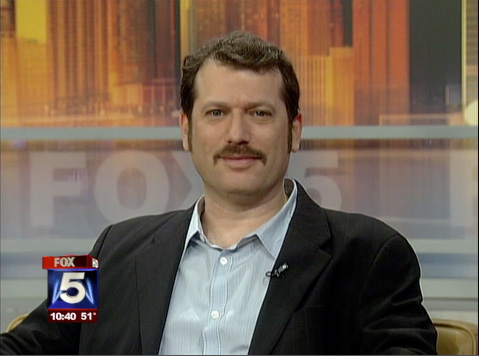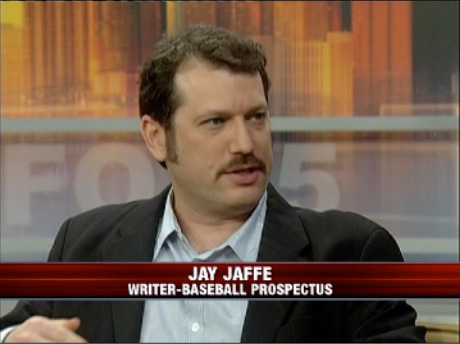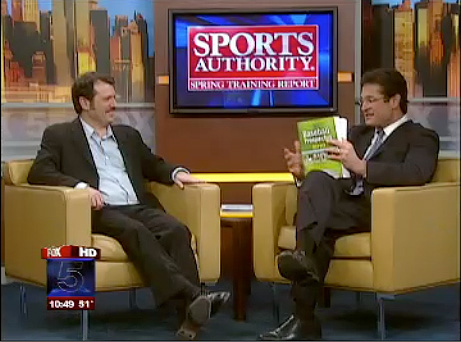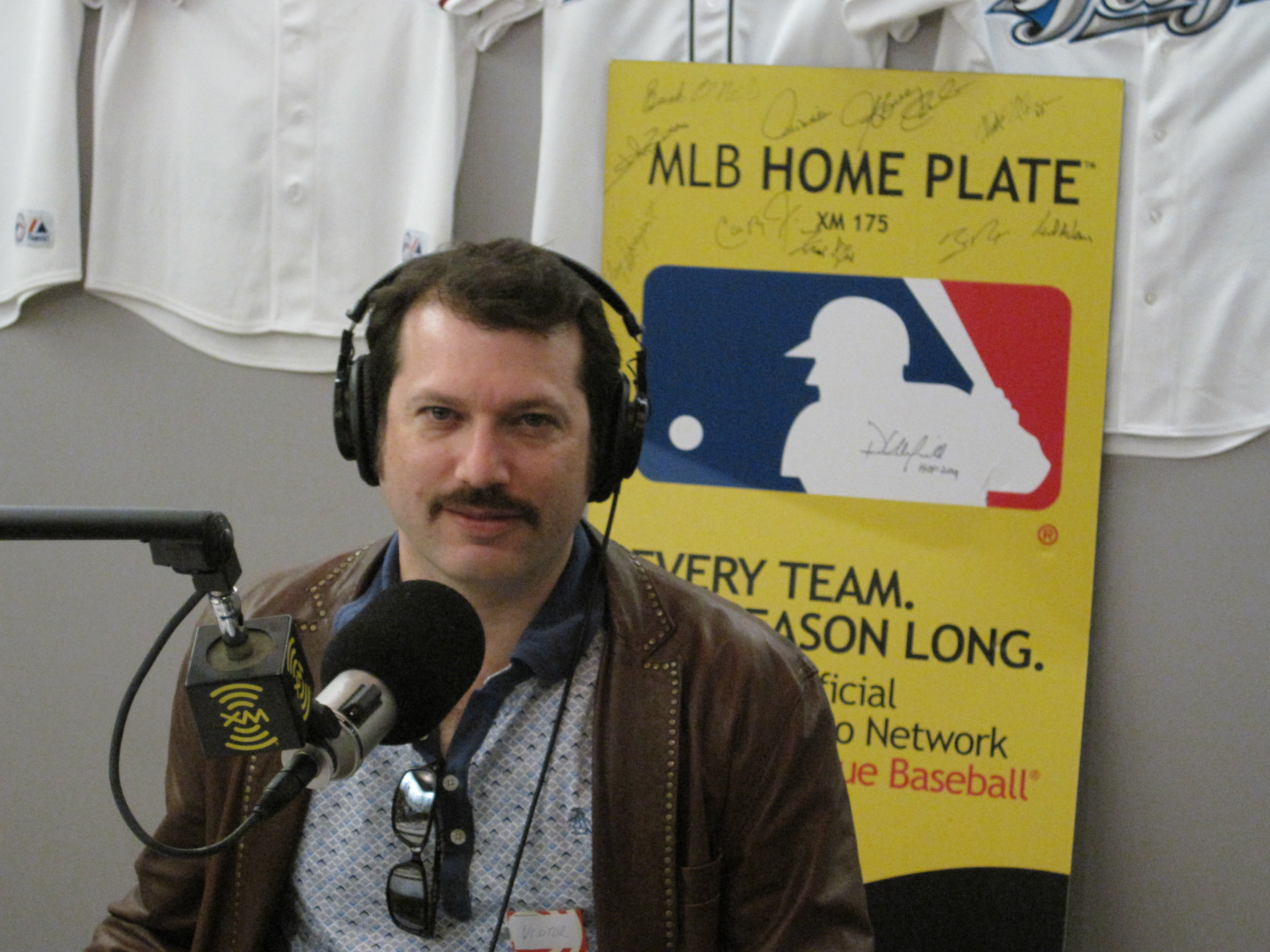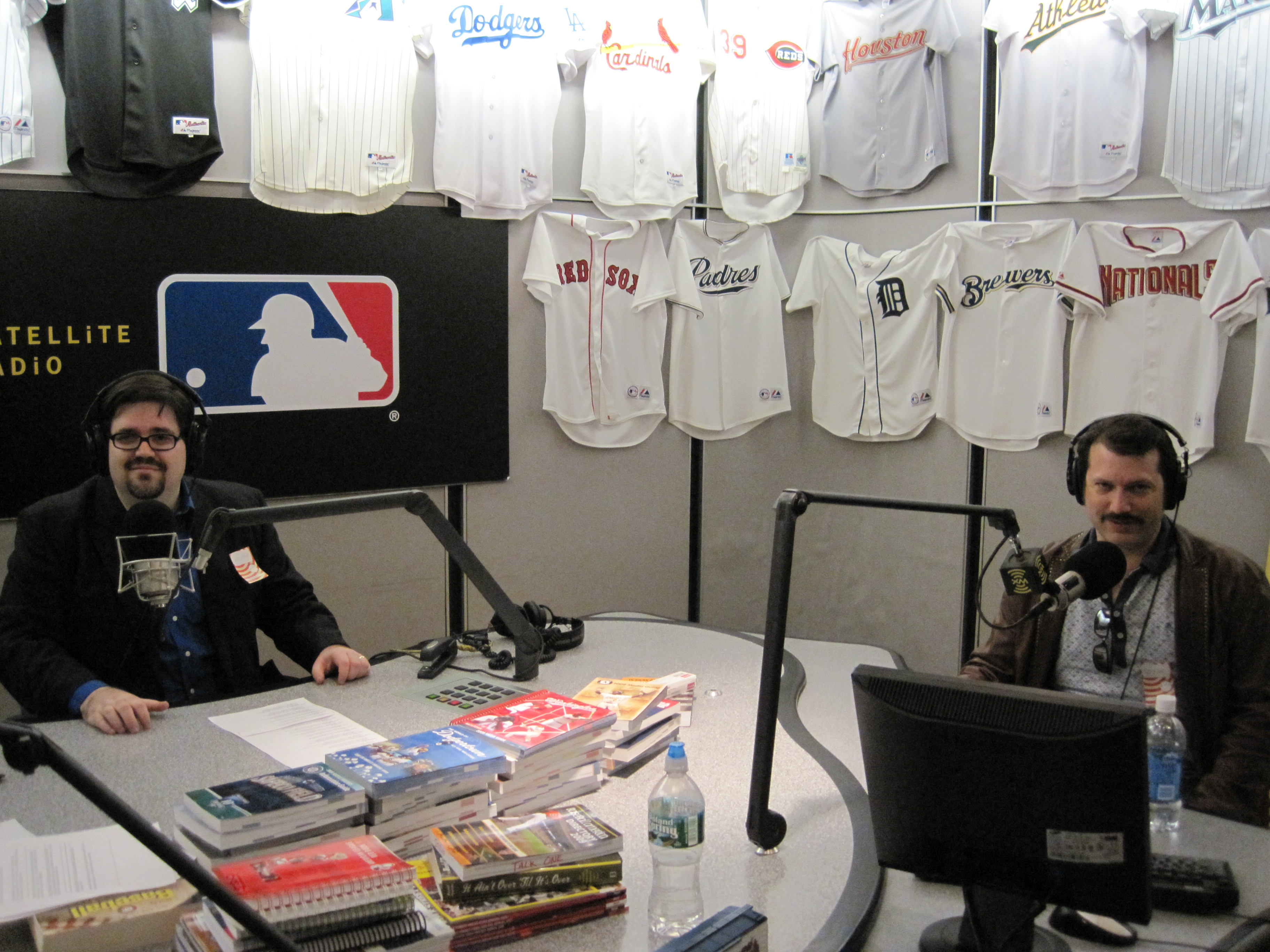At Baseball Prospectus, I’ve got a lengthy take on Nomar Garciaparra’s retirement, placing him in the context of the “Holy Trinity” of shortstops:
Back in the mid-1990s, a trio of young shortstops burst onto the American League scene. Soon dubbed the “Holy Trinity,” Alex Rodriguez, Derek Jeter and Nomar Garciaparra were part of an elite three-way positional rivalry not seen since the days that Willie, Mickey and the Duke ruled the center field scene. The trio were heirs of a sort to Cal Ripken, Jr., who a generation earlier had opened up the shortstop position to bigger, more athletic and more offensively adept types — a development which played no small part in moving the game towards a higher-scoring era. Arguments raged over which of the three was superior, though they often came down to a choice between Rodriguez’s video game offensive totals and Jeter’s championship rings, with Garciaparra’s own merits somewhat lost in the fray. But no matter which dog one had in the hunt, for a few years it certainly seemed as though all three were racing towards Cooperstown.On Wednesday, the first one of that trio officially bowed out of the race. Garciaparra, who was traded away from the Red Sox mere months before they broke their 86-year World Championship drought in 2004, signed a one-day contract with Boston and announced his retirement. Though just 36 years old, his brittle body had aged far beyond its years, the result of a genetic condition which causes the development of excess scar tissue at the injury site. Already been interrupted by a wrist injury which cost him most of the 2001 season, his career had been on the downslope ever since Achilles tendonitis cost him the first two months of the 2004 season. From that season onward, he averaged just 323 plate appearances per year and qualified for just one batting title while serving a total of 384 days (over two full seasons!) on the disabled list. He did no less than 10 stints due to a groin tear, a fractured wrist, and an endless litany of oblique, knee and calf woes. As his body crumbled, he played just 57 games at his natural position following his exit from Boston.
…While Garciaparra couldn’t match Rodriguez’s home run numbers or Jeter’s championships, during the period that the three players overlapped up to that point — a carefully manicured stretch, admittedly — he had actually been the most valuable of the Trinity:
—-————-—Rodriguez——-—————
Year Age Tm TAv FRAA WARP
1997 21 SEA .287 -3 5.2
1998 22 SEA .302 -7 7.1
1999 23 SEA .290 -1 4.9
2000 24 SEA .333 24 11.6
Tot .304 13 28.8
——-—————-—Jeter———-——-———
Year Age Tm TAv FRAA WARP
1997 23 NYA .273 -14 3.6
1998 24 NYA .300 1 6.8
1999 25 NYA .324 -7 8.0
2000 26 NYA .300 -21 3.9
Tot .299 -41 22.3
—-————-Garciaparra—-—————
Year Age Tm TAv FRAA WARP
1997 23 BOS .286 -5 5.9
1998 24 BOS .302 3 7.0
1999 25 BOS .319 13 8.2
2000 26 BOS .321 16 8.5
Tot .306 27 29.6Helped by a knee injury which cost Rodriguez a month during the 1999 season and by Jeter’s already-dismal defensive numbers, Garciaparra squeaks by both players in terms of WARP, and he edges past them in True Average as well. Of course, by that point A-Rod had already put up a 9.5-WARP season in 1996, and Jeter had enjoyed a pretty fair year himself.
…[Garciaparra] won’t wind up in Cooperstown due to the sad denouement of his career. He leaves behind a bittersweet legacy in Boston, where he reached stardom but like so many other Red Sox stars departed under unhappy circumstances. Nonetheless, he enjoyed a fantastic stretch at the outset of his career. Not only was he a part of one of history’s great concentrations of talent at a given position, but for a brief period he could make the claim at being the best of the bunch. No matter what came after it, that’s pretty special.
TAv is True Average, formerly known as Equivalent Average, a measure of offensive value per out which adjusts for offensive level, home park, and team pitching. A .260 TAv is defined as league average, a .300 is great, a .230 is replacement level. FRAA is Fielding Runs Above Average, WARP is Wins Above Replacement Player.
In any event, beyond that professional take on Garciaparra and his minimal Hall of Fame chances, I’ve also got a One-Hopper which expands upon this brief tribute regarding the Dodgers’ 4+1 game.
• • •
Having covered the Red Sox and Dodger flavors — and a bit of the Yankees’ flavor, with Jeter involved — in my Nomar coverage, I’ve also got something expressly more pinstriped. Over at Pinstriped Bible, I join Steven Goldman and fellow guest traveler Cliff Corcoran for a roundtable concerning the Yankees’ fifth-starter battle between Joba Chamberlain and Phil Hughes. Here’s a taste:
STEVE: Given that Joba was averaging 91 MPH during Wednesday’s start and his velocity was down last year as well, is it possible that we’re no longer looking at a potential elite starter or am I jumping to conclusions?JAY: It’s probably a bit early to start worrying about any pitcher approaching maximum velocity at this stage of the spring, but the results (11 runs in 3.2 innings via two appearances) are certainly unsettling. That said, I think we’re at the point that every minor variation in what Joba does relative to expectations is under such a microscope that we – by which I mean everyone following the Yankees, not specifically you two – are in danger of losing perspective. It’s the Yankees brass that’s brought this situation about, and one has to wonder if the uncertainty of Chamberlain’s role at this point in time is weighing upon him.
STEVE: You bring up a good point about the Joba-scope, Jay. Still, though we always talk about how it’s crazy to make decisions based on small sample-performances in Spring Training, but on the other hand, isn’t there a point at which you have to say, “Track record be damned, we need to see this player execute already?” Cliff?
CLIFF: …Track record should absolutely play a part in it, however. In a perfect world, the players competing for jobs in camp aren’t all starting from zero. Rather, they’re demonstrating the skills that allowed them to compile the track record that got them to this spot in the first place. To use an extreme example, based on track record alone, Ron Guidry should be the fifth starter. He’s in camp as a special instructor, so he’s available and in uniform, but ask him to win the job and you’ll realize that he’s 59 years old and no longer has those skills. Based on track record alone, Chamberlain should be the fifth starter, because in his 32 major league starts before the team started skipping his turn and limiting his innings late last year, he posted a 3.27 ERA and 8.74 K/9, while Hughes has a 5.22 ERA and 7.1 K/9 in his 28 major league starts.
Joba also has the advantage of being prepared to throw up to 200 innings this season, but he has to prove that his velocity is not an issue, that he can still break off those nasty sliders we saw in 2007 and 2008, that his curve and change are effective major league pitches, that he can mix those four pitches effectively, and that the debates and rules that hounded him over the past two years haven’t undermined his confidence on the mound. Jay is right about Joba being under a microscope and there being a loss of perspective about his performance as a starter (I imagine the stat I quoted above will surprise a lot of readers), but Chamberlain also has to prove that he can withstand that concentrated heat without bursting into flames.
Plenty more where that came from.

